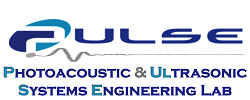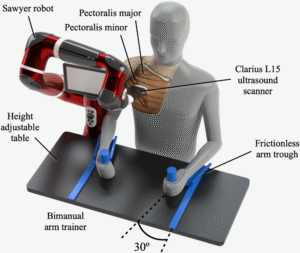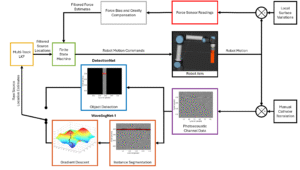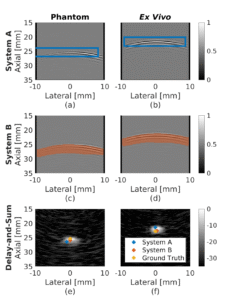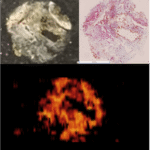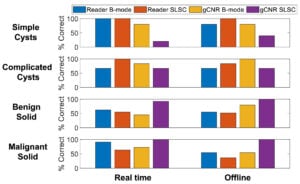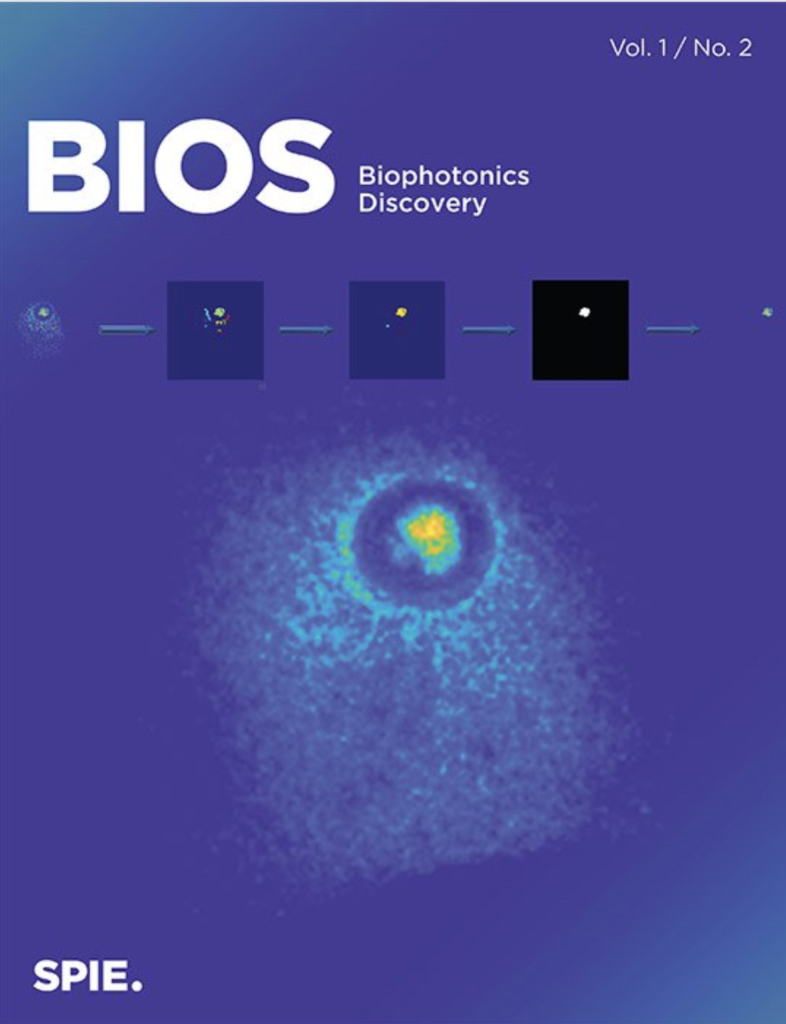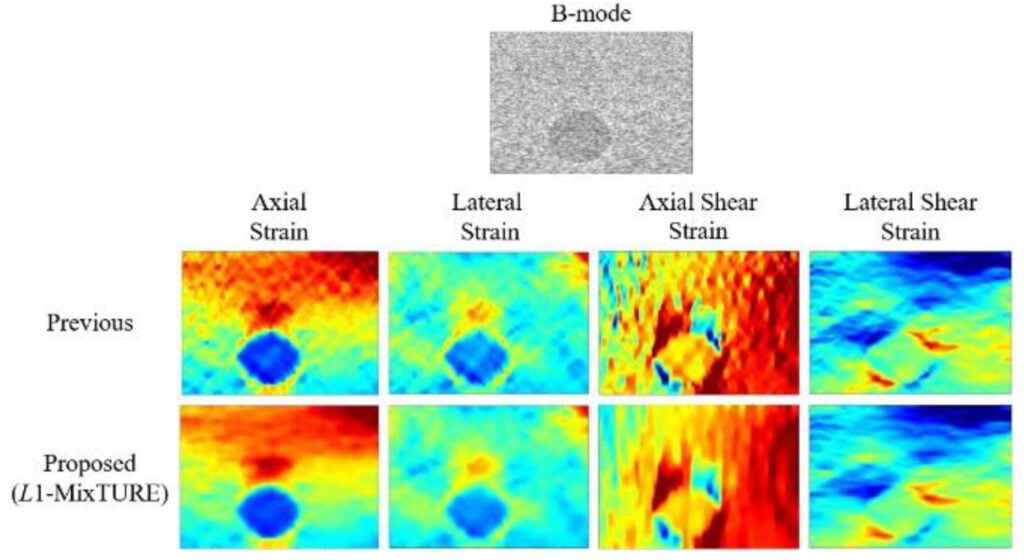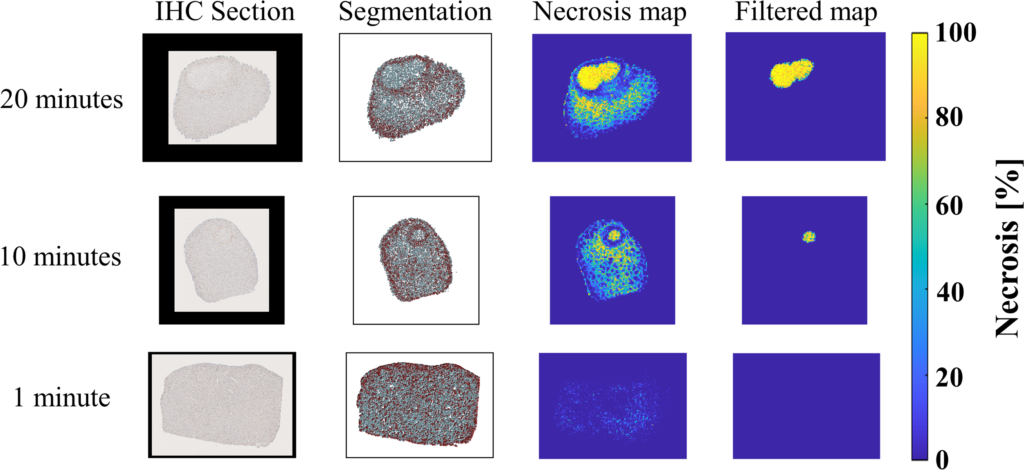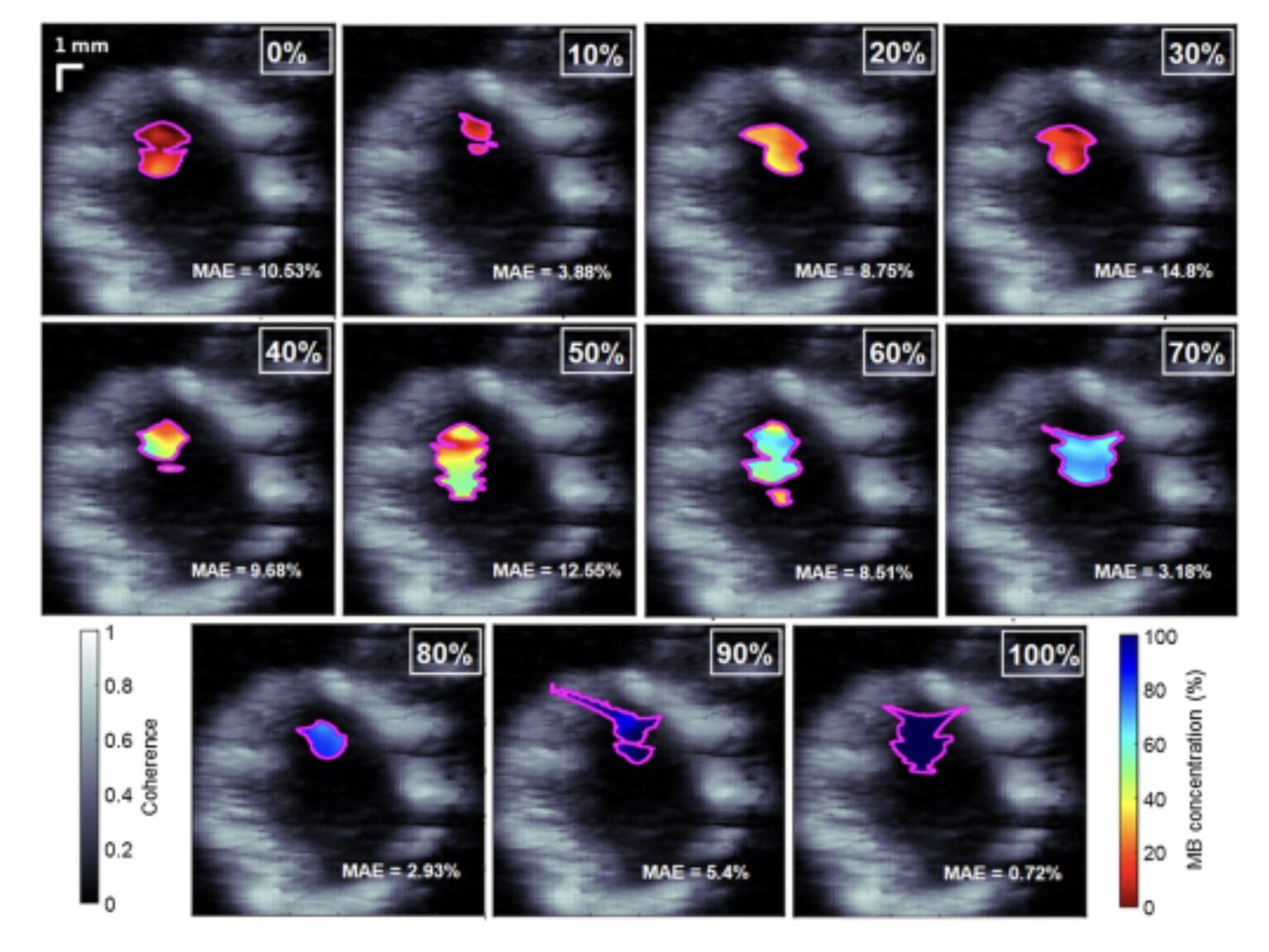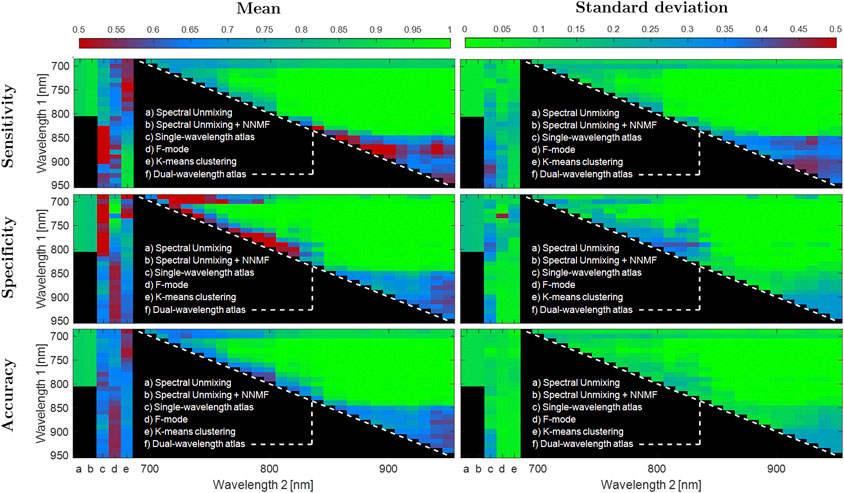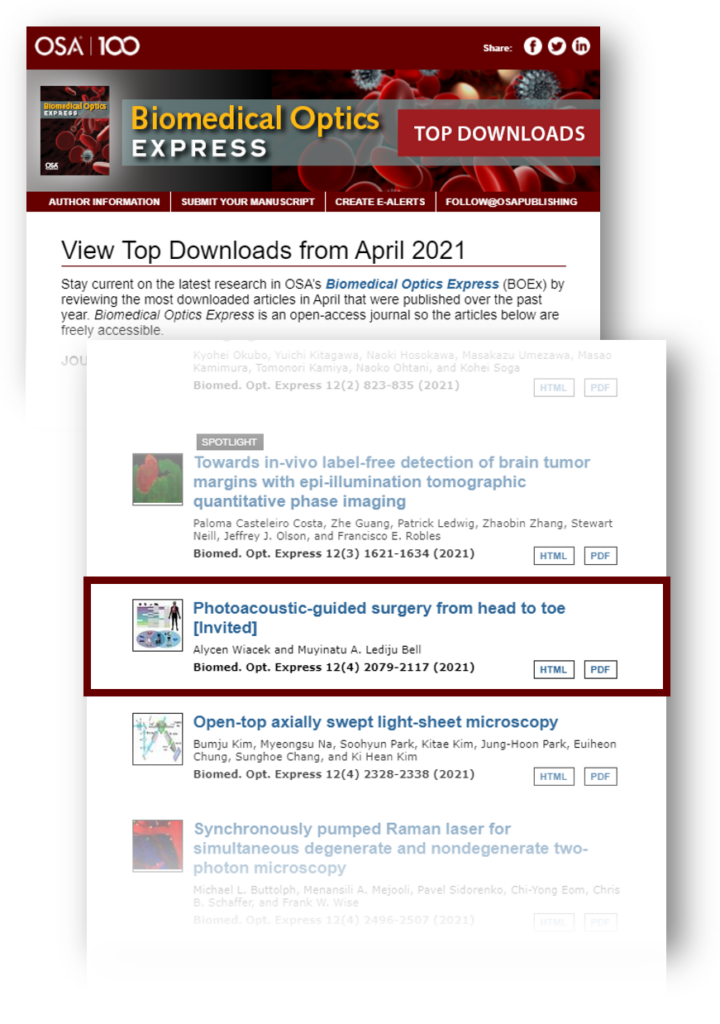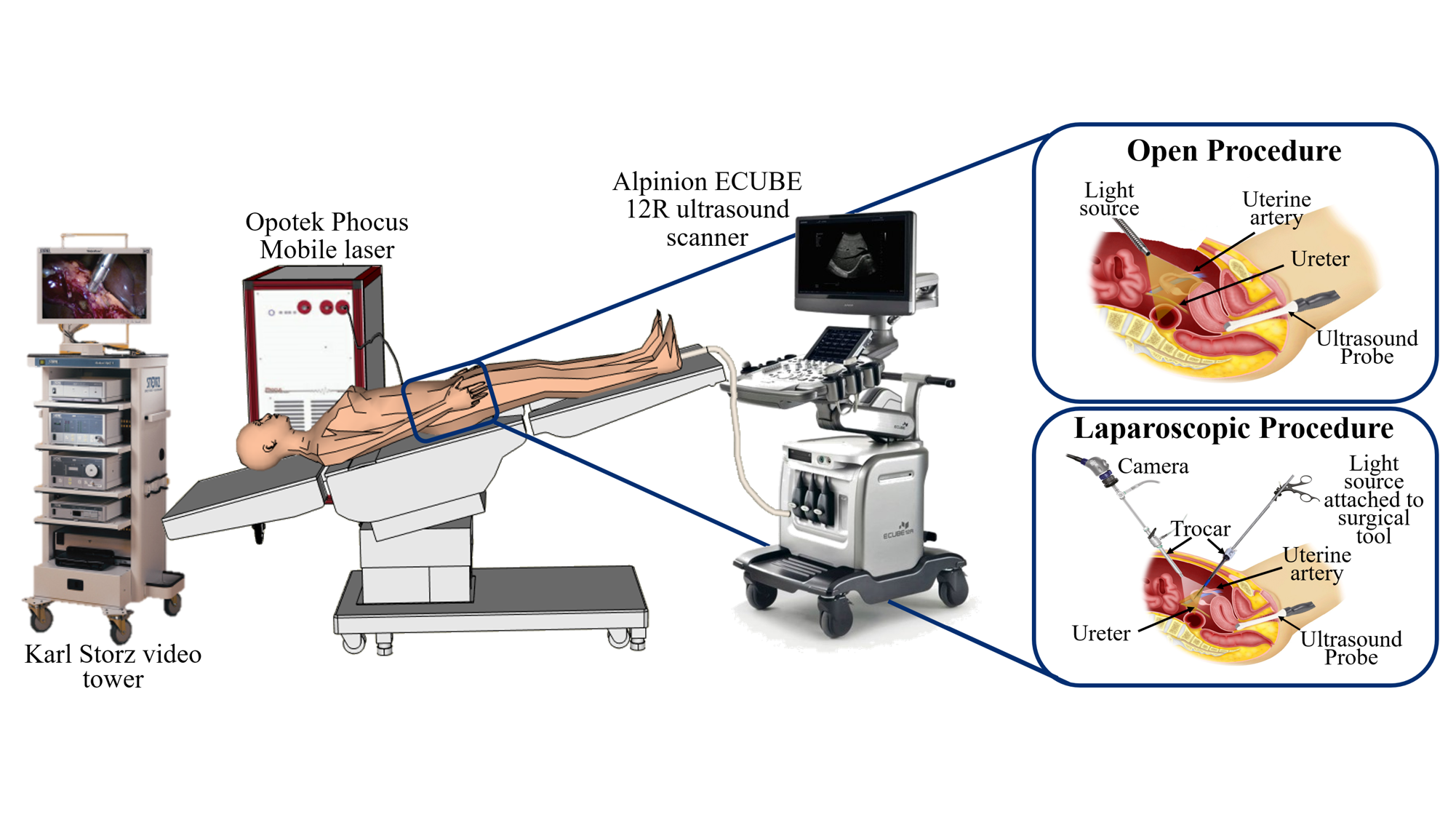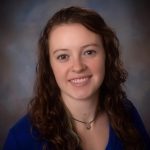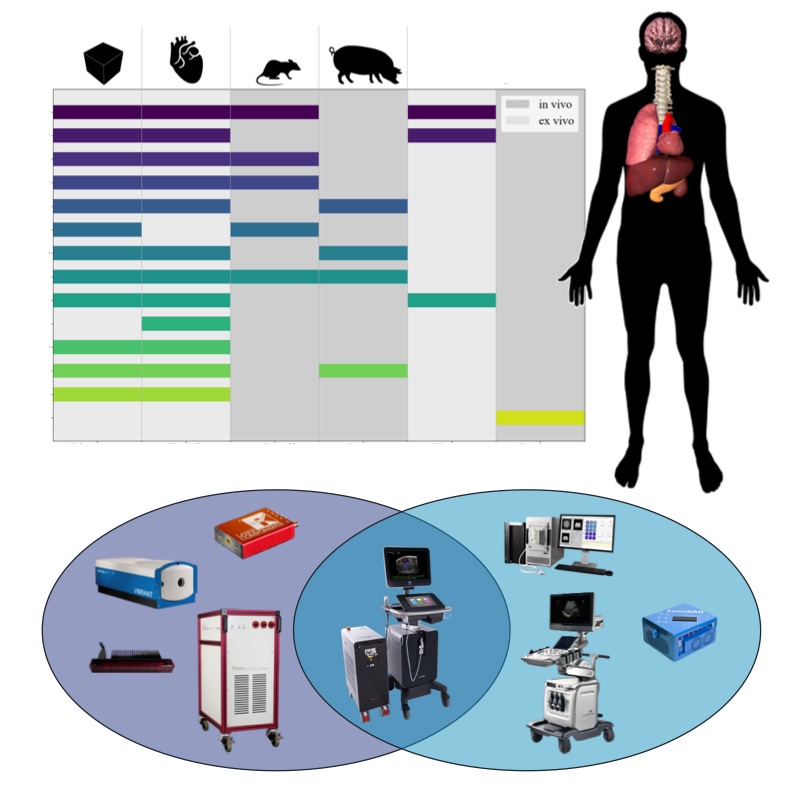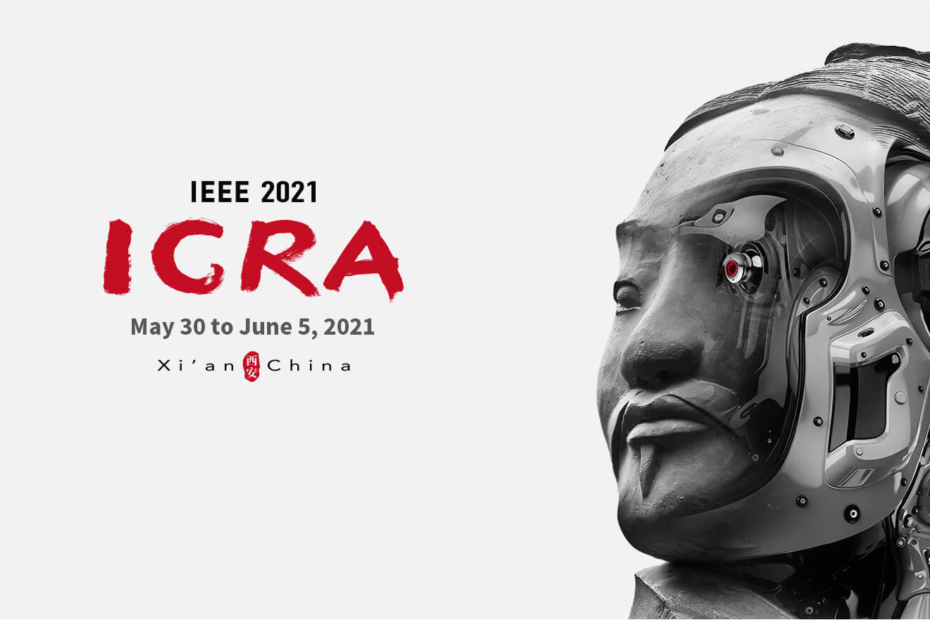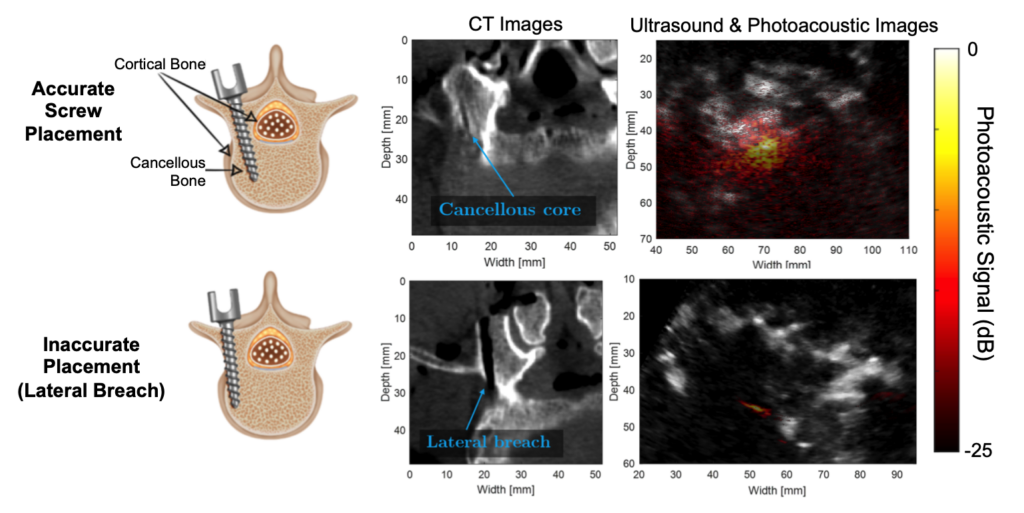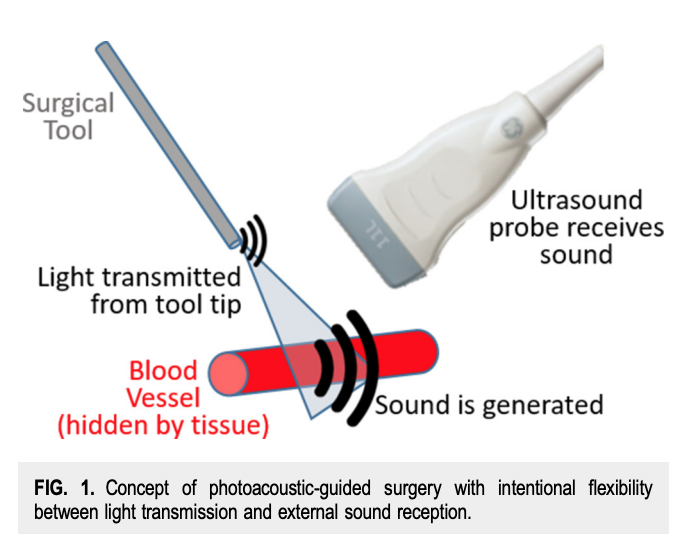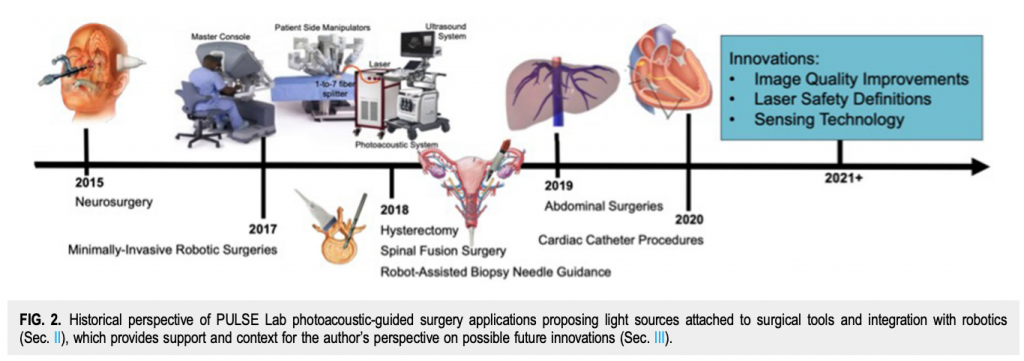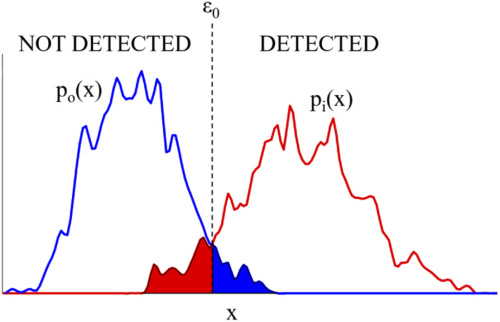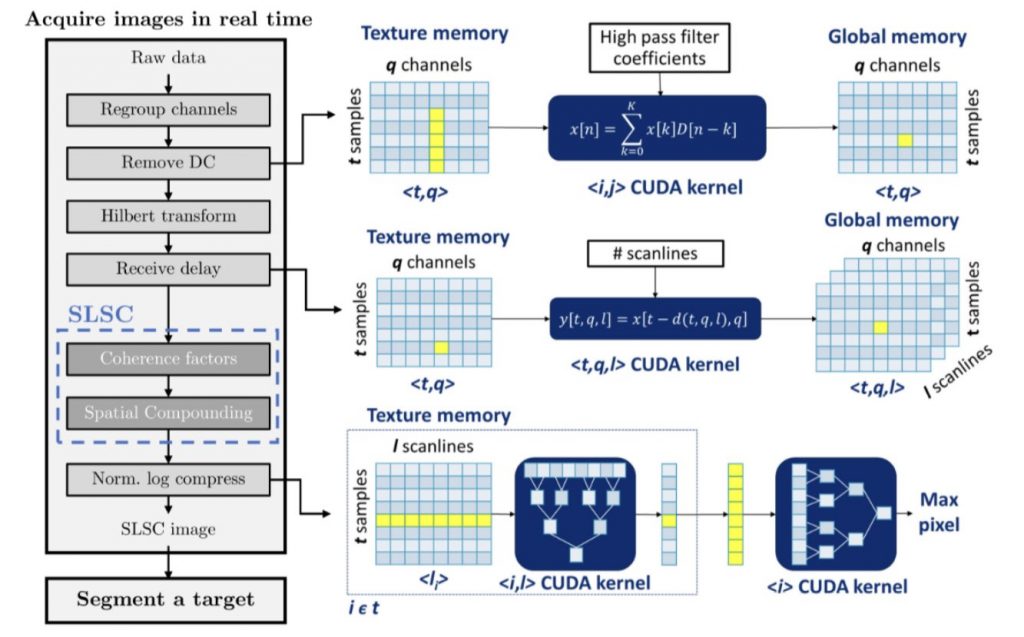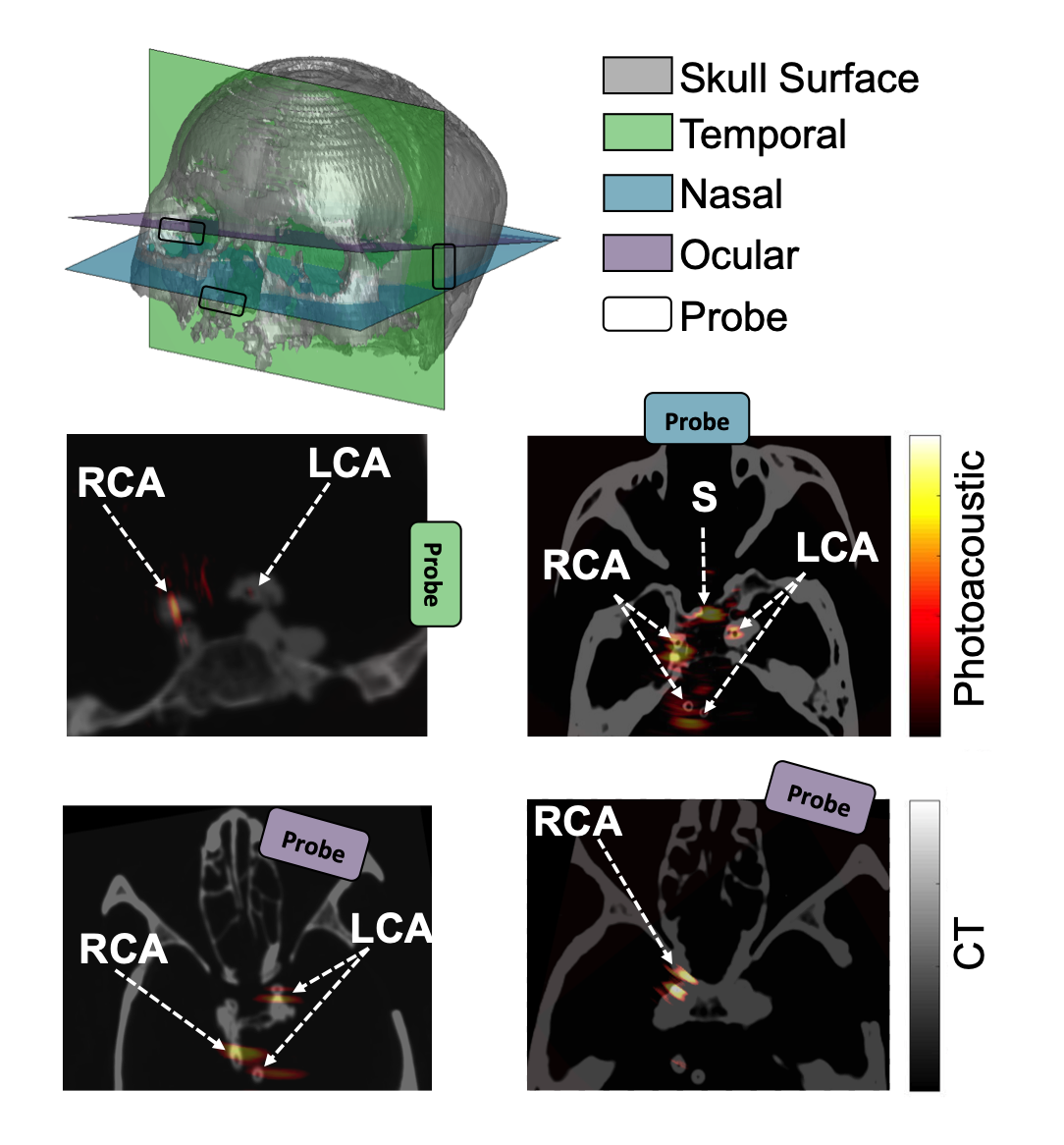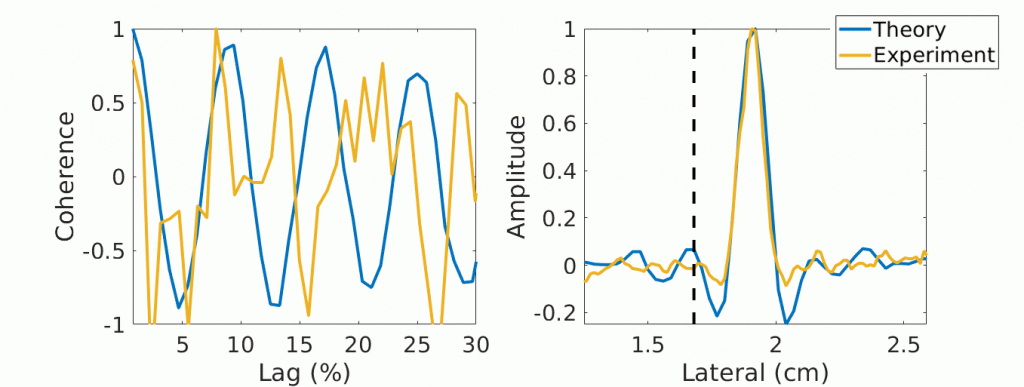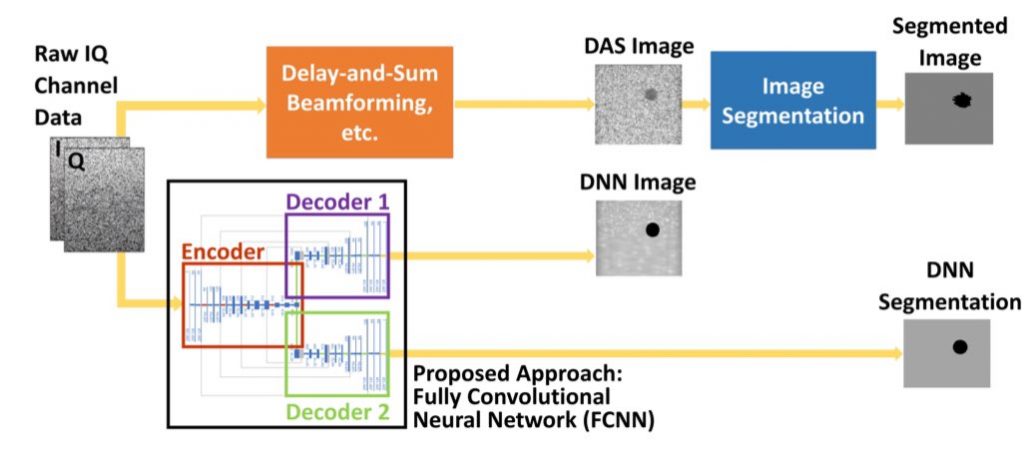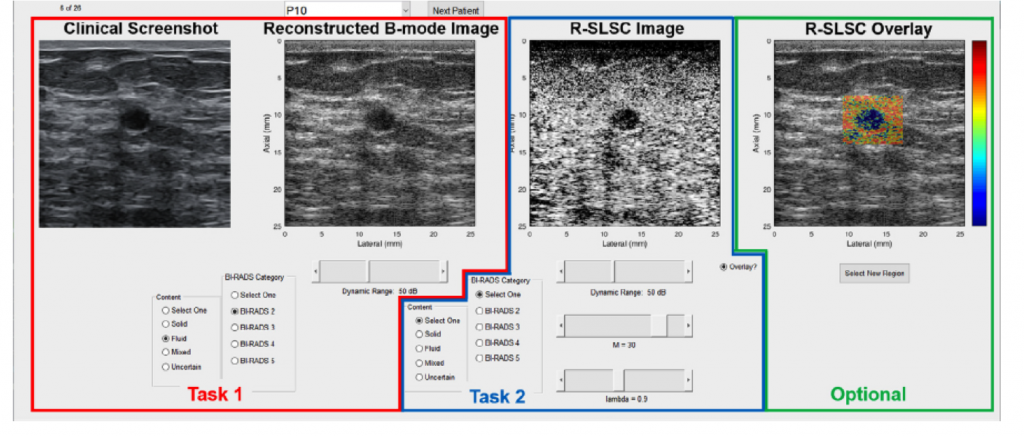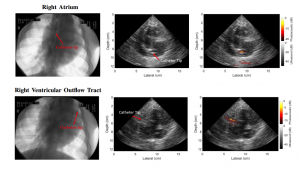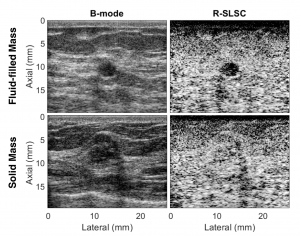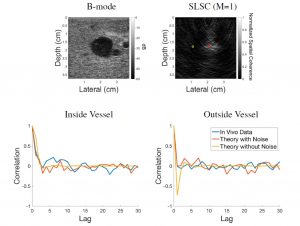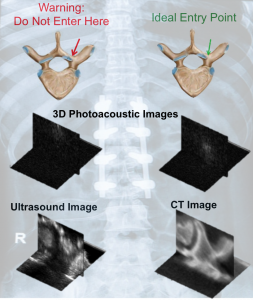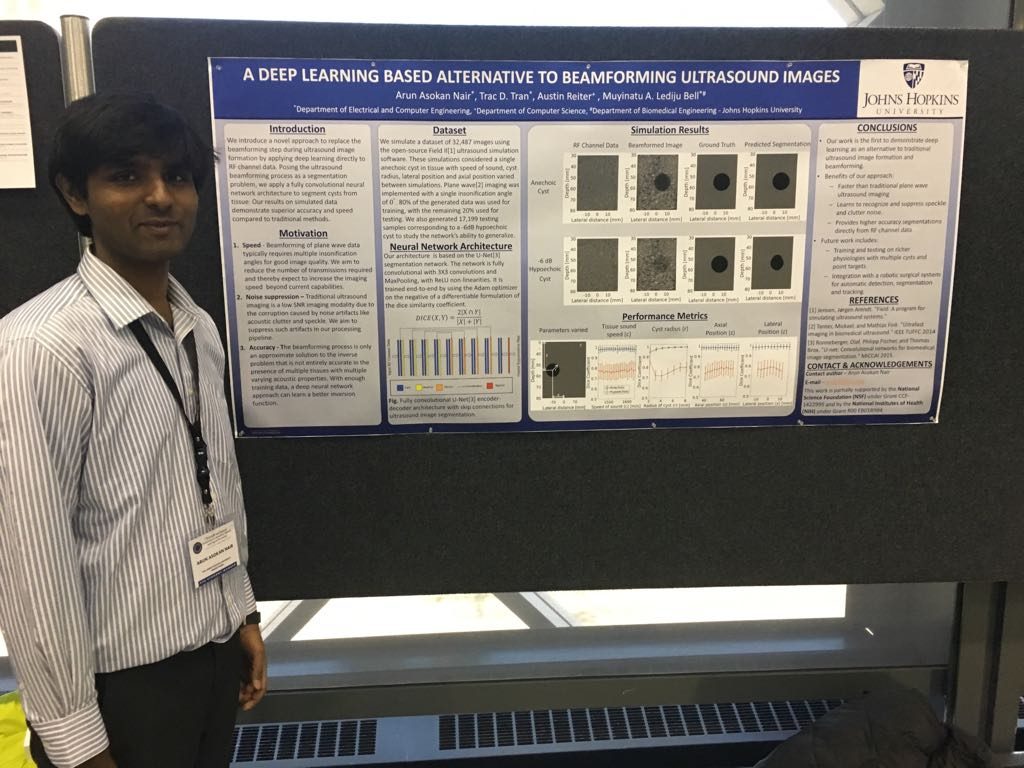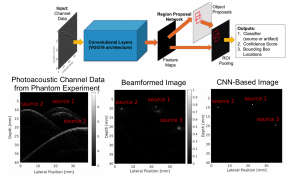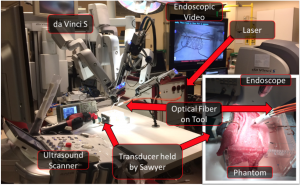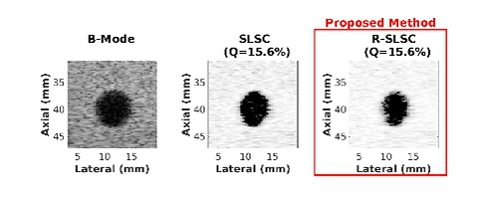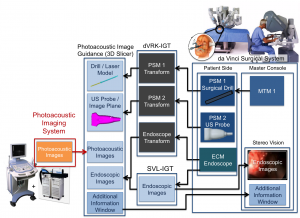Congratulations to Md Ashikuzzaman! His first-author paper titled “Ultrasound Displacement Tracking Techniques for Post-Stroke Myofascial Shear Strain Quantification” was accepted for publication in IEEE Transactions on Biomedical Engineering.
This study is the first to assess and compare four ultrasound displacement tracking algorithms employed to quantify myofascial shear strain in patients with post-stroke shoulder pain. Leveraging simulated and in vivo data, we additionally validated a novel clinical hypothesis that the mobility of myofascial shear strain is reduced in the painful stroke-affected (i.e., paretic) shoulders, relative to each patient’s non-paretic shoulders. One of the tracking algorithms, named L1-SOUL-Search, offered smooth displacement gradients and sharp visualization of fascial layers, advancing the potential of shear strain imaging as a biomarker for myofascial dysfunction. In addition, a deep learning approach named RAFT was demonstrated as an option to address computational bottlenecks, showing promise for real-time clinical deployment. This work lays the foundation necessary to develop reliable image-based biomarkers to guide diagnosis and treatment in musculoskeletal health applications.
Citation: Md Ashikuzzaman, Jonny Huang, Steve Bonwit, Azin Etemadimanesh, Ali Ghasemi, Patrick Debs, Robert Nickl, Jamie Enslein, Laura M. Fayad, Preeti Raghavan, and Muyinatu A. Lediju Bell, “Ultrasound Displacement Tracking Techniques for Post-Stroke Myofascial Shear Strain Quantification”, IEEE Transactions on Biomedical Engineering (accepted June 13, 2025) [pdf]
